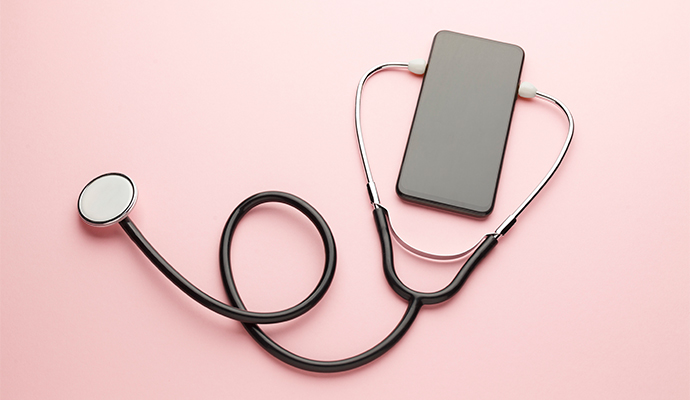Pulse Oximeters Offer No Added Benefits for Remote COVID-19 Monitoring
Researchers found that using pulse oximeters to monitor patients with COVID-19 produced the same results as monitoring programs that did not involve the device.

Source: Getty Images
- Researchers from the Perelman School of Medicine of the University of Pennsylvania found that programs using pulse oximeters to monitor patients with COVID-19 at home produced similar benefits to programs that did not.
In March 2020, Penn Medicine launched a program known as COVID Watch, which intended to provide COVID-infected patients with remote care. The program consisted of check-ins two times daily and asking questions relating to shortness of breath.
The health system eventually decided to implement pulse oximeter devices in this program that monitored oxygen content rather than asking patients questions.
In a study, researchers evaluated over 2,000 COVID-19 watch patients enrolled between Nov. 29, 2020, and Feb. 5, 2021 to compare those that received standard care or care that included the pulse oximeter device.
Published in the New England Journal of Medicine, the research showed that 77.7 percent of patients in the pulse oximetry group submitted at least one result.
Using the number of days spent out of the hospital following enrollment as a unit of measurement, researchers found no differences between the two groups.
Patients who used pulse oximeters had an average of 29.4 days out of the hospital, and patients who did not use them had an average of 29.5 days.
“Overall, these findings suggest that a low-tech approach for remote monitoring systems based on symptoms is just as good as a more expensive one using additional devices. Automated text messaging is a great way for health systems to enable a small team of on-call nurses to manage large populations of patients with COVID-19,” said Krisda Chaiyachati, MD, the research project’s co-principal investigator and former medical director for Penn Medicine OnDemand Virtual Care, in the press release. Chaiyachati is now the physician lead for value-based care and innovation at Verily, an Alphabet company.
Despite the apparent lack of added benefits from pulse oximeters, use of the devices for remote patient monitoring (RPM) during the COVID-19 pandemic has been ubiquitous.
In July 2021, a Kaiser Permanente study discussed an RPM program that provided care for patients with COVID-19. The program provided infected patients with a home monitoring kit containing a pulse oximeter and a thermometer, along with access to a tracking smartphone app. The program proved successful, with a 95.5 percent patient recovery rate from COVID-19 and an average program completion time of 9.2 days.
A Mayo Clinic study from September 2021 also showed that an RPM program successfully tracked COVID-19. This program also provided participants with a pulse oximeter, a thermometer, and a smartphone app. Patients could use these devices to review and share their vital signs multiple times daily.
